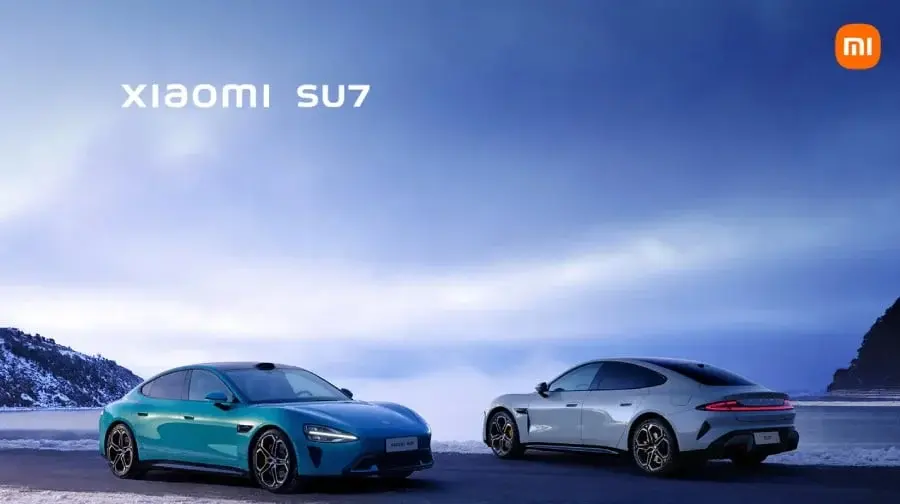Aito, a brand supported by Huawei, has recently unveiled the M9 SUV tailored specifically for the Chinese market.
Exclusive Features and Design
The Aito M9, a six-seater SUV, is packed with cutting-edge features. Its electric variant showcases Huawei’s latest technology, including multiple screens and two projectors that deliver a cinematic experience both inside and outside the vehicle. This launch comes on the heels of the M7 SUV introduction a few months back.
The M9 boasts a contemporary and sleek design, even though its body may seem somewhat commonplace. Noteworthy are the advanced headlights, reminiscent of those on the Huawei Luxeed S7 sedan. These headlights employ adaptive matrix LED technology, aiding in the identification of pedestrians and vehicles. Moreover, the integrated projector can display images up to an impressive 100 inches.
Entertainment and Connectivity
A standout feature of the Aito M9 is its entertainment system. Apart from serving as a drive-in theater or open-air karaoke system, the SUV is furnished with a laser projector and a retractable 32-inch panel in the cabin. This setup allows passengers to enjoy movies, games, and other content from the comfort of their seats.
The dashboard of the M9 bears a striking semblance to Mercedes vehicles’ hyperscreen, hosting a 12.3-inch digital instrument cluster, a 15.6-inch central infotainment screen, and a 16-inch front passenger screen. Furthermore, there is a 75-inch head-up display and four tablets for the rear passengers. Operating on Huawei’s HarmonyOS 4, the entire system also includes a premium 2,080W audio system with 25 speakers for an exceptional audio experience. Active noise reduction technology further heightens the audio quality.
Adaptable Layout and Safety Features
The layout of the Aito M9 SUV is customizable to cater to the occupants’ specific needs. The official gallery of the SUV exhibits a double bed configuration, with all seats being electrically controlled. To ensure safety, the M9 is furnished with 27 sensors and utilizes the Huawei ADS 2.0 system for enhanced safety features.
Powertrain Choices
Aito provides two powertrain options for the M9. The first is a fully electric variant (BEV) with dual electric motors that generate a combined power output of 390kW. This version is outfitted with a 97.7kWh CATL battery pack, offering a range of 630km based on the CLTC standard. The second option is a range-extender (EREV) that pairs a turbocharged 1.5-liter engine with dual electric motors, delivering a combined power output of 365kW. The EREV is equipped with a 42kWh/52kWh CATL battery and provides a combined range of up to 1,402km on a full tank and fully charged battery.
Pricing and Availability
In China, the Aito M9 is priced between 469,800 yuan ($65,725) and 569,800 yuan ($79,715). Initial deliveries of the M9 are slated to commence in early 2024. As of yet, Aito has not disclosed any plans for global availability of the models.
In essence, the Aito M9 SUV presents a myriad of innovative features and impressive specifications, positioning it as an attractive choice in the Chinese electric vehicle market.










